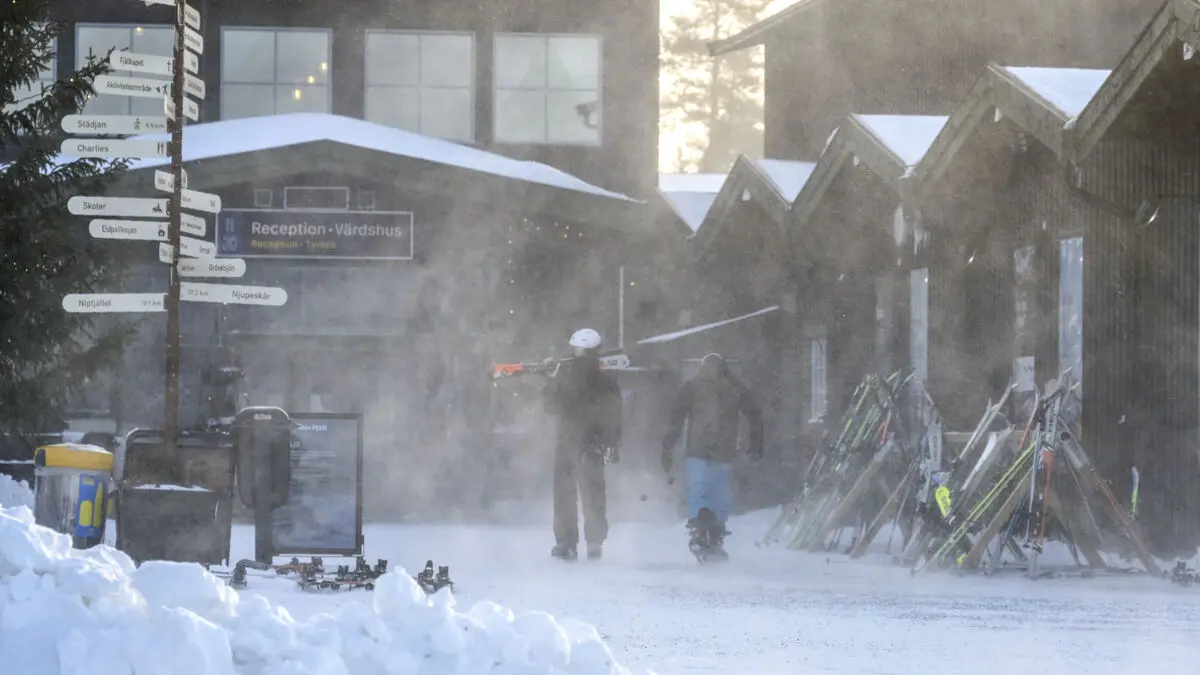Eight of the fatalities occurred in the Pacific Palisades area near Los Angeles coast and 16 in Eaton, in the northern parts of the city.
In addition to the dead, around a dozen people are still missing. However, the authorities believe that even more are missing.
The fires have been raging for nearly a week and have destroyed thousands of homes and properties in the areas around Los Angeles.
On Sunday, there was a relatively calm period, which allowed some of the evacuated people to return to their homes, or in many cases, to the remains of them.
The calm does not seem to be lasting. The US federal weather service has issued a rare and sharp warning of a "particularly dangerous situation". From Monday night to Tuesday local time, the winds are expected to increase in strength, according to forecasts, which will likely cause the fires to flare up again.
Fires broke out recently there
Just a few days before the large fire in Pacific Palisades broke out, the fire department had responded to the same area. The fire was fought after six hours of work with helicopters, among other things.
The large fire that broke out six days later likely started at the same location, according to an investigation by The Washington Post. The newspaper raises the possibility that the previous fire was rekindled by the strong winds.
Fires that appear to have been extinguished can continue to live on in the ground or inside trees. The authorities in California have been actively warning about this for some time, but the Los Angeles fire department says that they usually do not stay at a seemingly extinguished fire for several days.
When the newspaper speaks to upset residents who are clearing up in their destroyed homes, they speculate that the first fire was caused by "idiots" who set off fireworks on New Year's Eve.
More desert wind
Before Tuesday night, the fire department has received reinforcements of dozens of water trucks. Fire retardants have been dropped from the air on the heights around the settlements to create a barrier against potential fires.
In strong winds, embers from ongoing fires can spread up to several kilometers.
It's going to be really strong Santa Ana winds, very dry air, and it's still very dry in the soil, said Rich Thompson, meteorologist at the US national weather service, before the sharp warning was issued.
Santa Ana winds affect California and the Los Angeles area several times a year, when strong and dry winds from the desert inland sweep past on their way to the sea. It's been about eight months since it last rained properly in Los Angeles.





